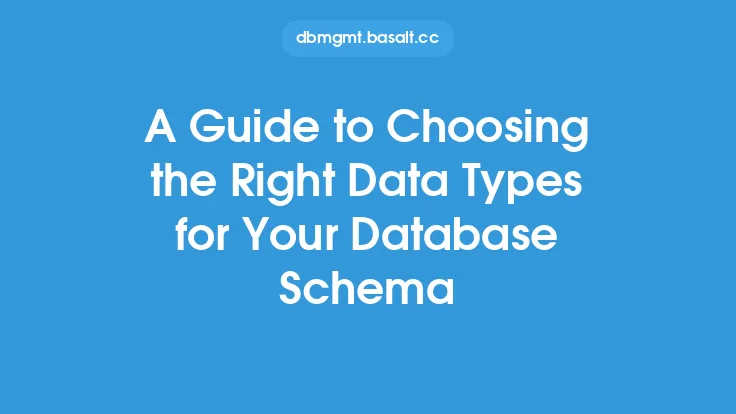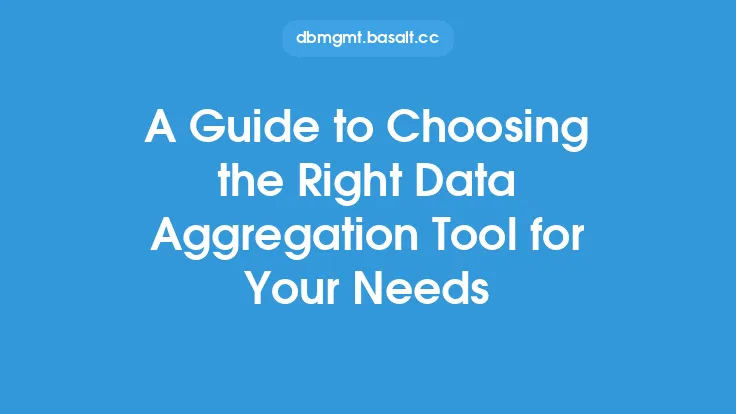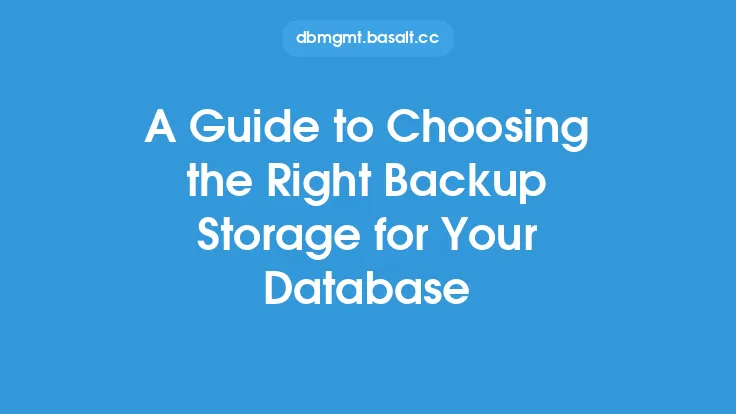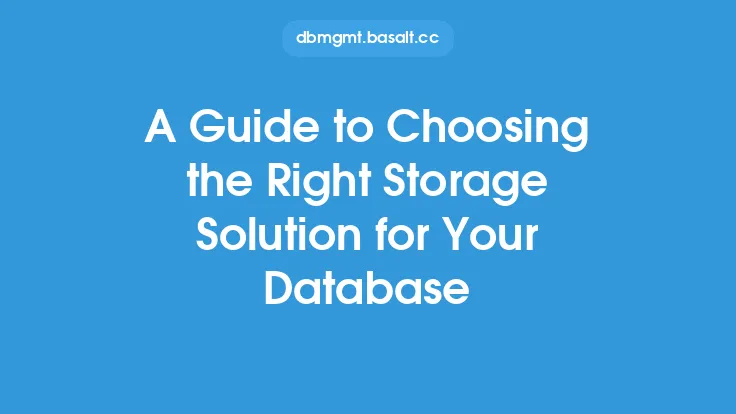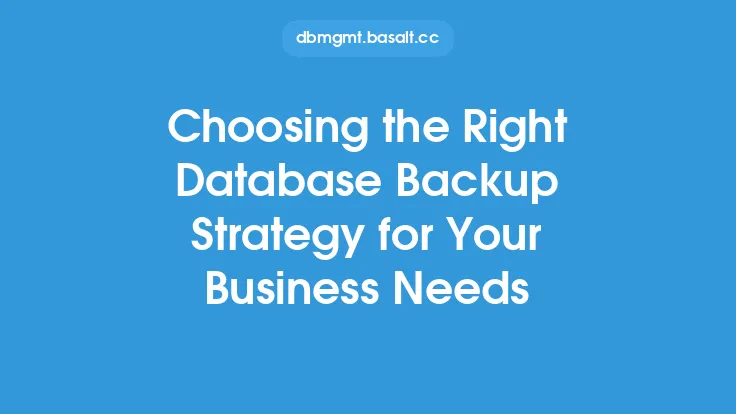When it comes to data modeling, choosing the right framework is crucial for the success of a project. A data modeling framework provides a structured approach to designing and implementing a database, ensuring that the data is organized, consistent, and scalable. With so many frameworks available, selecting the right one can be overwhelming, especially for those new to data modeling. In this article, we will explore the key factors to consider when choosing a data modeling framework, the benefits of using a framework, and provide guidance on how to select the most suitable framework for a project.
Understanding Data Modeling Frameworks
A data modeling framework is a set of rules, guidelines, and best practices that help data modelers design and implement a database. It provides a structured approach to data modeling, ensuring that the data is organized, consistent, and scalable. A framework typically includes a set of concepts, such as entities, attributes, and relationships, which are used to describe the data and its structure. It also provides a set of techniques, such as normalization and denormalization, which are used to optimize the data model for performance and scalability.
Key Factors to Consider
When choosing a data modeling framework, there are several key factors to consider. These include the type of database being used, the complexity of the data, the scalability requirements, and the level of expertise of the data modelers. The type of database being used is a critical factor, as different frameworks are optimized for different types of databases. For example, a framework designed for relational databases may not be suitable for a NoSQL database. The complexity of the data is also an important factor, as some frameworks are better suited to handling complex data structures than others.
Benefits of Using a Data Modeling Framework
Using a data modeling framework provides several benefits, including improved data consistency and integrity, increased scalability, and better performance. A framework helps to ensure that the data is organized and consistent, which reduces errors and improves data quality. It also provides a structured approach to data modeling, which makes it easier to scale the database as the project grows. Additionally, a framework can help to improve performance by optimizing the data model for query execution and data retrieval.
Evaluating Frameworks
When evaluating data modeling frameworks, there are several factors to consider. These include the framework's support for data modeling concepts, such as entities, attributes, and relationships, its support for data modeling techniques, such as normalization and denormalization, and its level of complexity. The framework's support for data modeling concepts is critical, as it determines how well the framework can handle complex data structures. The framework's support for data modeling techniques is also important, as it determines how well the framework can optimize the data model for performance and scalability.
Popular Data Modeling Frameworks
There are several popular data modeling frameworks available, each with its own strengths and weaknesses. Some of the most popular frameworks include the Entity-Relationship Model (ERM), the Object-Role Modeling (ORM) framework, and the Dimensional Modeling framework. The ERM is a widely used framework that provides a structured approach to data modeling, using entities, attributes, and relationships to describe the data. The ORM framework is a more recent framework that provides a more flexible and adaptable approach to data modeling, using objects and roles to describe the data. The Dimensional Modeling framework is a framework that is specifically designed for data warehousing and business intelligence applications, providing a structured approach to data modeling for analytical purposes.
Best Practices for Choosing a Framework
When choosing a data modeling framework, there are several best practices to follow. These include evaluating the framework's support for data modeling concepts and techniques, considering the level of complexity and scalability required, and evaluating the framework's level of flexibility and adaptability. It is also important to consider the level of expertise of the data modelers and the resources available for the project. By following these best practices, data modelers can select the most suitable framework for their project and ensure that their data model is well-structured, scalable, and performant.
Conclusion
Choosing the right data modeling framework is a critical step in the data modeling process. By understanding the key factors to consider, the benefits of using a framework, and the best practices for evaluating and selecting a framework, data modelers can ensure that their data model is well-structured, scalable, and performant. Whether working with relational databases, NoSQL databases, or cloud-based databases, a data modeling framework provides a structured approach to data modeling, ensuring that the data is organized, consistent, and scalable. By selecting the most suitable framework for their project, data modelers can improve data consistency and integrity, increase scalability, and improve performance, ultimately leading to a successful project outcome.

